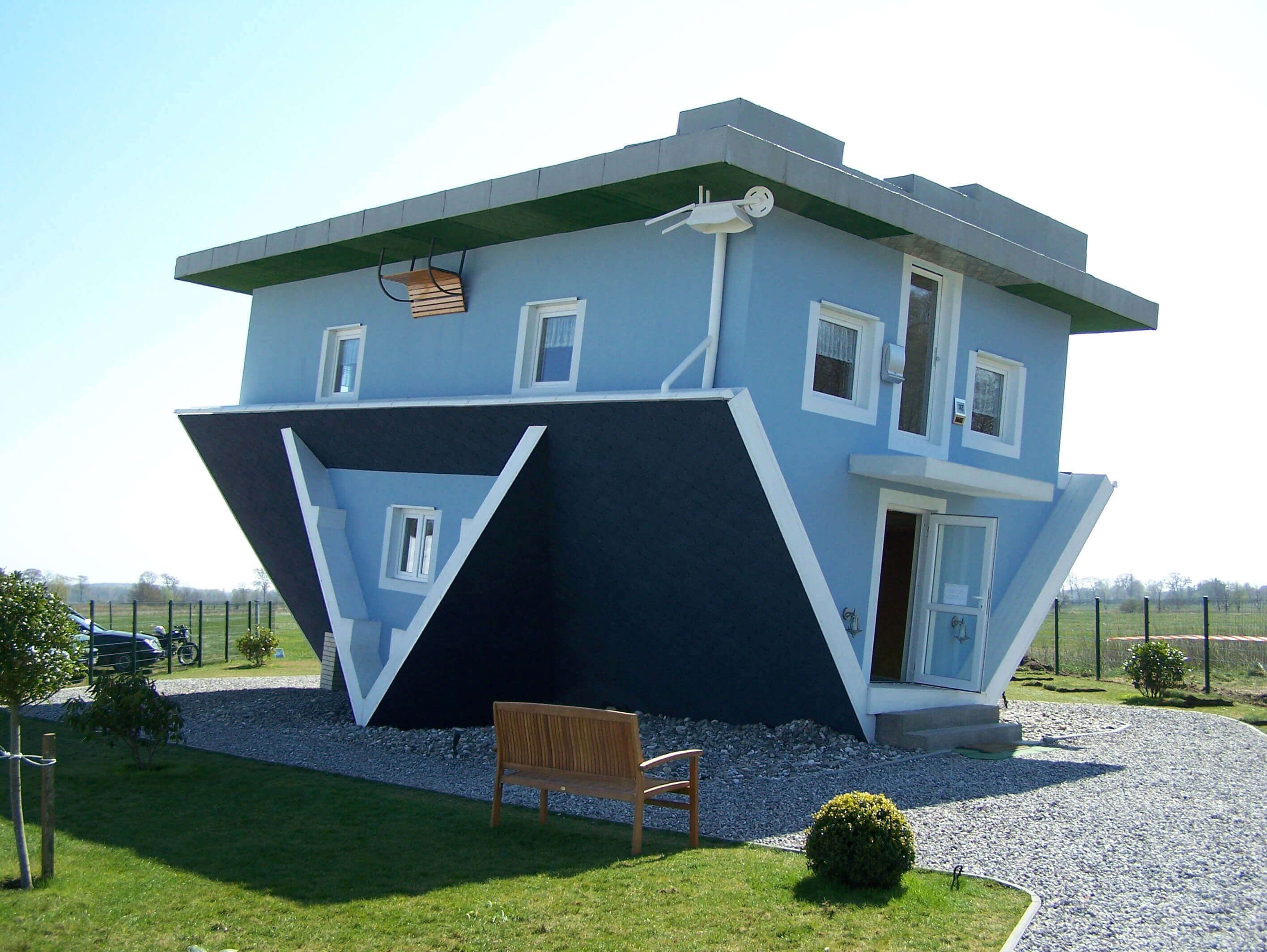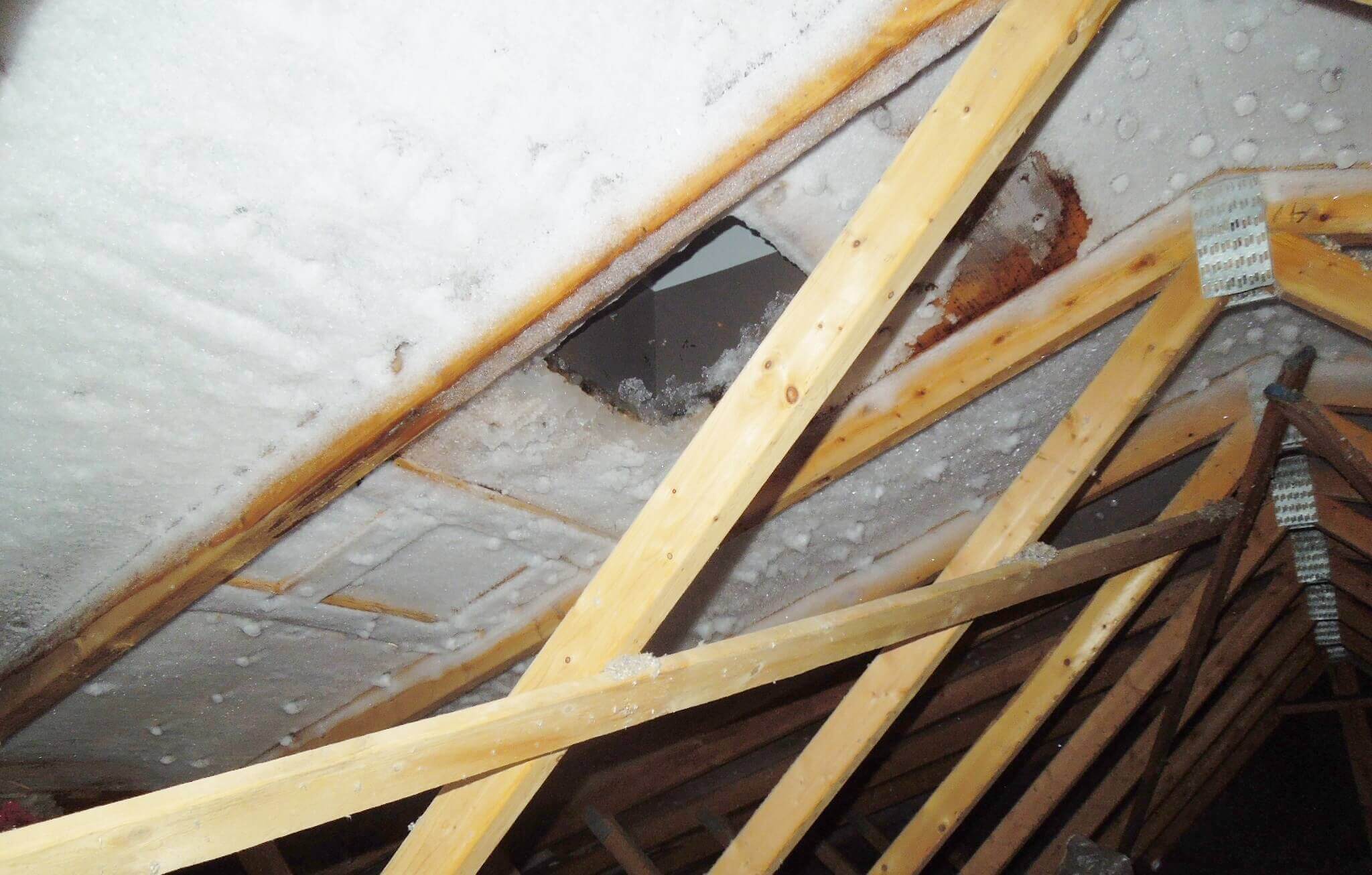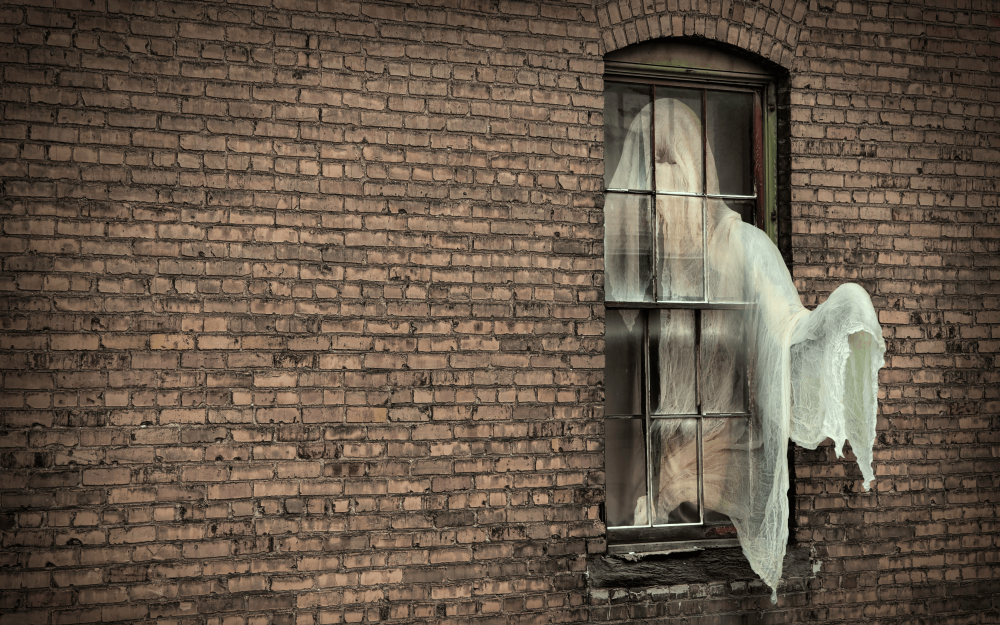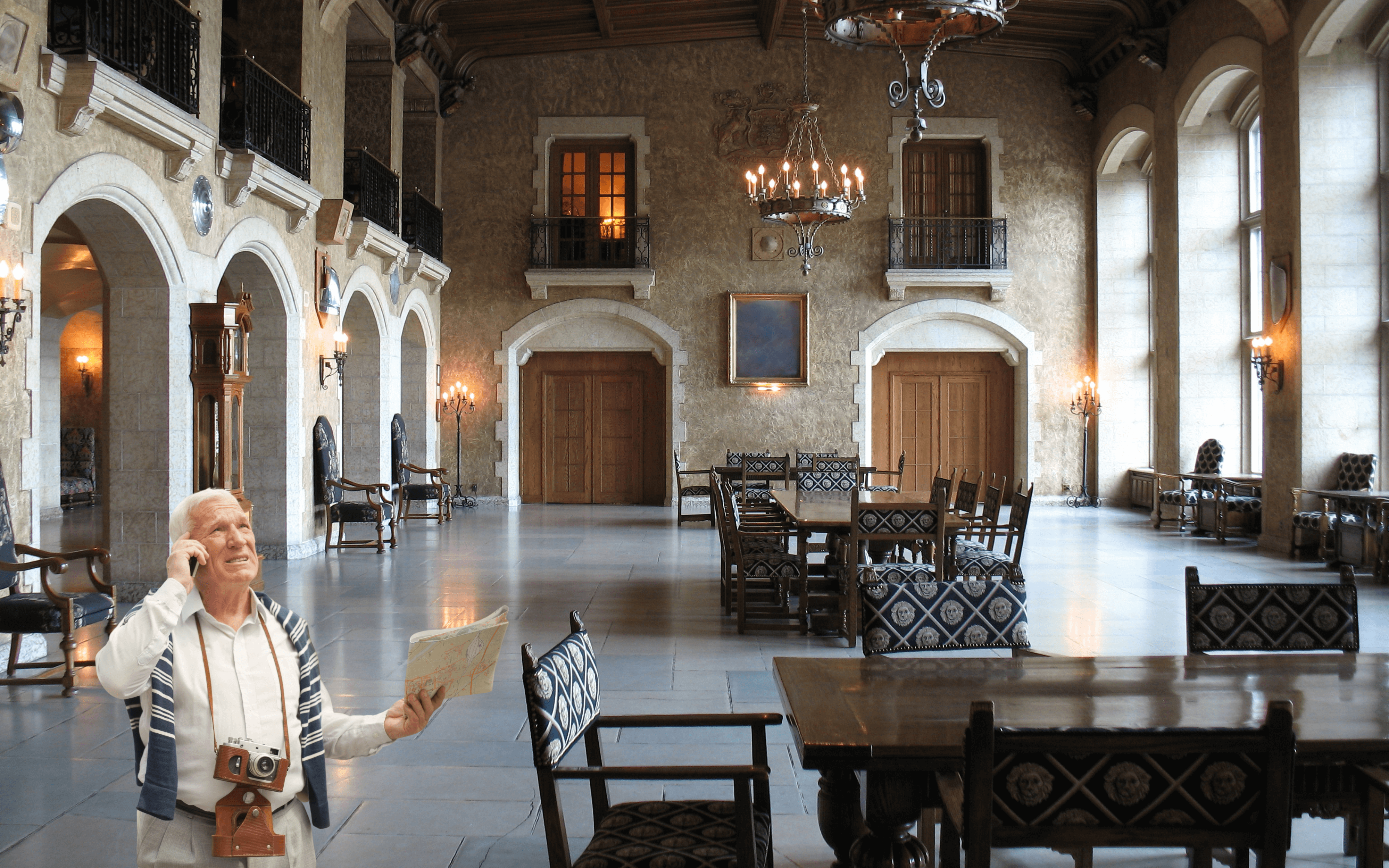Older homes tend to offer residents a sturdier construction and aesthetically pleasing facades that you…

Home renovation: avoid ending up all upside down
“My brother will help me with these renovations. He knows what he’s doing; after all, he built his house himself!” Far from us the idea to contradict you or to question your brother’s skills, but too often in our profession do we see building problems arising directly from renovations made by relatives of the owners. Why? Simply because the people involved do not grasp the impact and scope of their actions on the various building components. Before starting any renovation work, read our article and understand better how your home works.
Our house’s first and foremost use is to protect us from the rain, sun, wind and snow. It must also keep us warm in cold weather and offer us comfort and security. The roof, windows, doors and walls form a sealed envelope protecting us from the harsh elements. To keep us warm, our home need an efficient heating system, a good foundation, sufficient insulation in the attic and as few holes as possible to ensure comfort for its occupants.
But these elements are not independent from one another; they all play important roles towards each other. The house, like the automobile, is a complex system of which we must understand and master the dynamic during construction or completion of renovations. Take the example of the automobile. Imagine installing a race car engine in a small compact car. You will very quickly realize that the radiator is not tough enough, the brakes are not powerful enough and that the suspension doesn’t allow you to safely keep your car on the road. For the machine to perform, it is necessary that all components work together, toward a common goal. Similar relationships between components also apply to our houses.
To illustrate the relationship between the various systems of a house, let’s consider an interesting phenomenon known as the “chimney effect”. Explanation: we know that hot air is lighter than cold air because it is less dense. It is this law that allows hot air balloons to rise when we heat up the air inside the balloon. This same phenomenon is found inside all our homes. In winter, the hot air inside the house tends to rise from the basement to the upper floors. By rising, this hot air will go through holes in the ceiling, walls and windows of the top floor of the house and escape in the attic or outside directly. This upward movement of air creates a suction effect on the lower floors. This aspiration phenomenon sucks cold air from the outside at ground floor or basement level through every opening, no matter how small.
By moving from bottom to top, the hot air carries with it moisture from within the living areas to the attic, which frequently causes the formation of ice on the roof and condensation in the attic. Air infiltration from the outside into the lower level of the house, in turn, cools the floors, causing unpleasant drafts and increase heating bills. All renovation work planned in a home, regardless of its nature, may influence this “chimney effect” and thus accentuate the building’s risks of deterioration.

Image 1. The moisture contained in the hot air escaping from a house’s living area to the attic can turn into frost when incontact with a cold surface, in the picture above the inner surface of the roof.
If, as we hinted in our introduction, you want to undertake the renovation work yourself or with the help of your family, make sure before you do anything that the actions taken will not aggravate your current situation. To do this, it is important to understand your building systems (ventilation, plumbing, insulation, etc.), how they interact with one another and which will be affected by the planned works. With all that information in mind, you will be better set to minimize the renovation’s impact.
In other words, all these explanations emphasize how construction and home renovation, as simple as they may seem, sometimes hide surprising subtleties that can compromise the integrity of the building and the health, safety and comfort of its occupants. Properly planning your renovations, seeking information on building codes and regulations and doing business with competent professionals may ultimately prove to be all excellent ways to ensure you a very interesting investment both in the short and long term.
Click here to learn more about our range of residential services and see how our experts can help you regardless of the nature of your projects.


